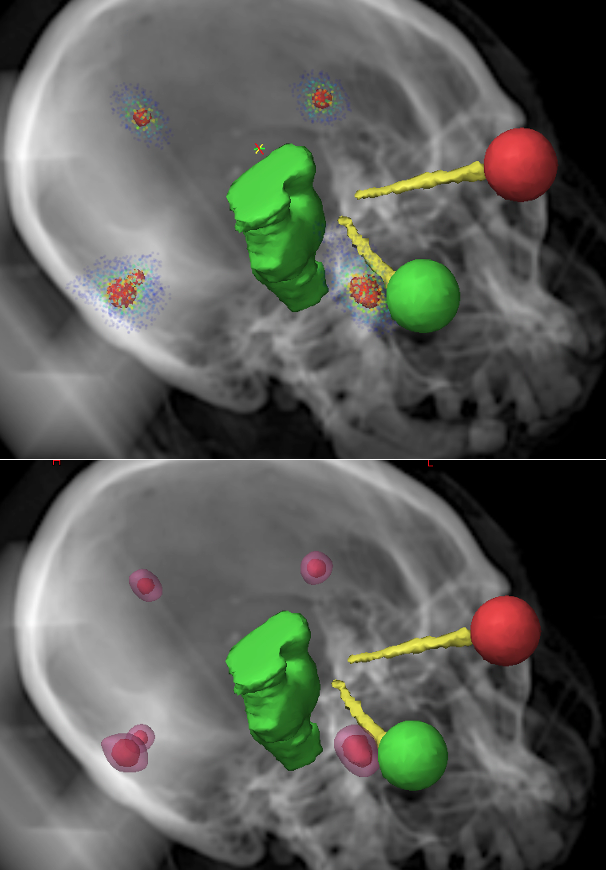- Agriculture
- Antibiotic/anti-viral
- Biologics
- Biomarkers
-
By Clinical Application
- Anesthesiology
- Blood & Lymphatic Disease
- CNS & Neurosciences
- Dermatology
- Diabetes, Metabolism, Endocrinology & Obesity
- Ear, Nose, & Throat
- Gastroenterology & Digestive Disease
- General & Plastic Surgery
- Health Education, Medical Training and Operations
- Heart and Vascular
- Immunology, Autoimmune & Inflammation
- Infectious Diseases
- Mental Health
- Multiple clinical applications
- Musculoskeletal Disorders, Orthopedics/Bone
- Nephrology/Renal
- Oncology x
- Ophthalmology
- Orphan Diseases
- Pediatrics
- Physical Medicine & Rehabilitation
- Radiology
- Regenerative Medicine / Tissue Engineering
- Reproductive Health: Obstetrics & Gynecology
- Respiratory & Pulmonary
- Surgery
- Transplantation
- Urology
- Wound Healing
- COVID-19
- Creative Works
- Diagnostics
- Drug Delivery
- Drug screening and discovery
- Energy, Cleantech & Environmental
- Engineering & Physical Sciences
- Gene therapy
- Imaging
- Materials
- Medical Devices
- Nutraceuticals
- Other
- Research & Design Tools
- RNAi/siRNA
- Sensors & Controls ×
- Small molecules
- Software & Information Technology
- Stem Cells
- Vaccines
A method for end-to-end spatial accuracy quality assurance for radiosurgery
Unmet Need Radiation therapy is an essential element of cancer treatment that benefits 4 million diagnosed patients every year. The ability to deliver complex three-dimensional distributions of dose that conform to even irregularly shaped lesions…
A system and method for planning radiosurgery treatments that can better target multiple tumors simultaneously
Unmet Need Brain metastases are the most common neurological complication of primary cancer and are estimated to occur in 9-17% of all cancer patients. Radiosurgery has become a standard treatment technique for brain metastases, which…

